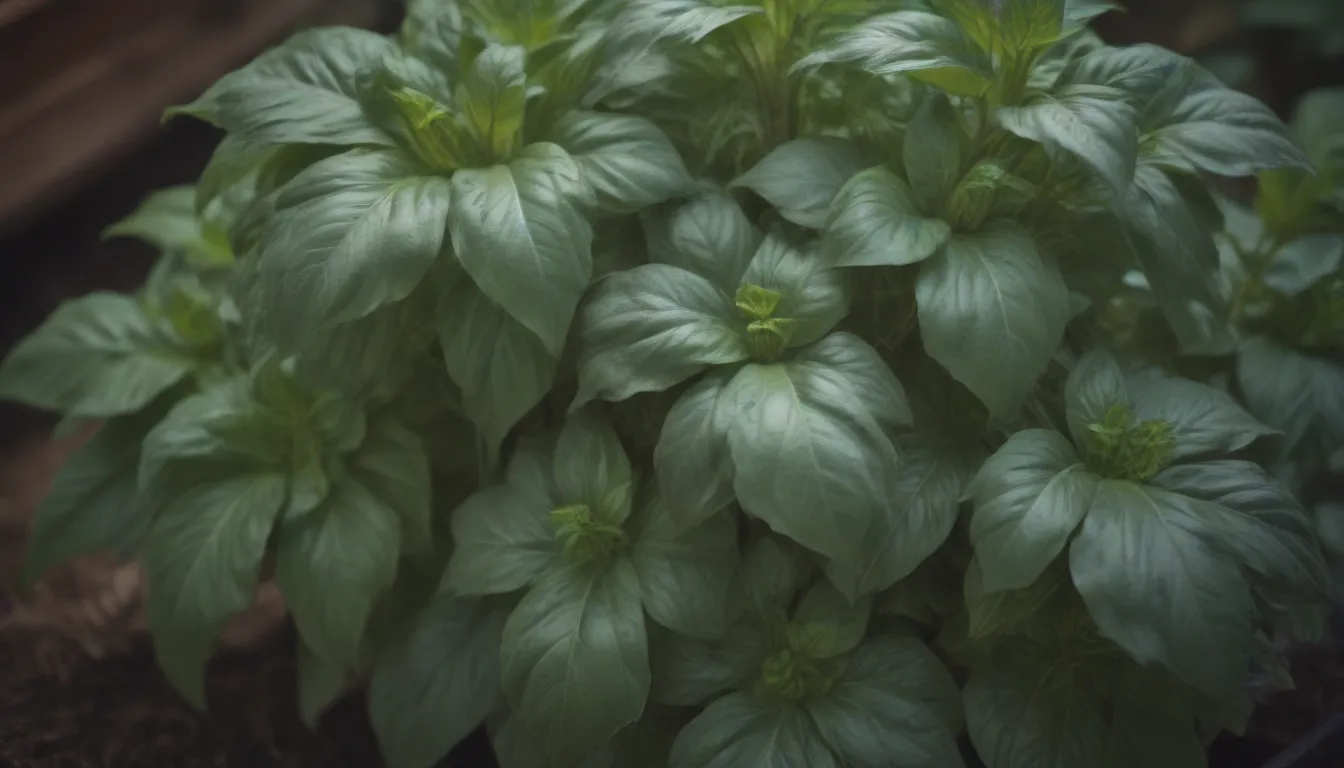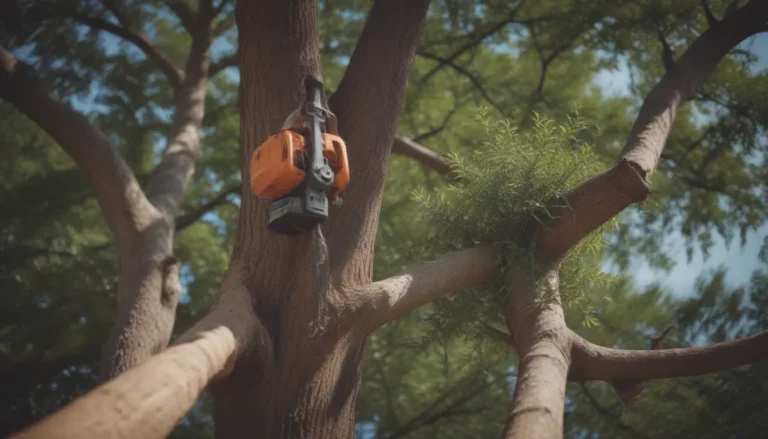Everything You Need to Know About Growing Basil from Seed to Harvest

Are you looking to add some fresh flavor to your dishes or elevate your garden with vibrant greenery? Look no further than basil plants! Basil is not only a popular herb but also one of the easiest to grow. Whether you’re an experienced gardener or just starting out, growing basil is a rewarding and simple process. In this comprehensive guide, we’ll walk you through everything you need to know about how to grow basil successfully, from planting to harvesting and everything in between.
Basil Basics
Basil (Ocimum basilicum) belongs to the mint family and is well-known for its aromatic leaves with a variety of flavors ranging from lemony-mint to cinnamon and licorice. While commonly associated with Italian cuisine, basil actually originates from India. With its rich green to deep purple leaves and insignificant yet bee-attracting flowers, basil is a versatile herb that thrives in warm, sunny conditions. Whether you have a garden or limited space for containers, basil can easily find a home in your growing space.
Planting Basil
Starting from Seed
- Basil is a warm-weather herb, making it ideal to start from nursery transplants or seeds indoors.
- Begin seeding indoors about six weeks before the last spring frost for optimal growth.
- Harvest or pinch off the top sets of leaves once the plant reaches 6 inches in height to prevent blooming.
Care and Maintenance
- Basil prefers full sun for six to eight hours daily, except in hot climates where part shade may be necessary.
- Plant basil in moist, rich, well-draining soil. Consider amending your soil with compost for added nutrients.
- Water basil deeply on a regular basis, ensuring well-drained soil. Mulch can help retain moisture.
- Wait to plant basil until daytime temperatures are consistently in the 70s with nighttime temperatures above 50 degrees Fahrenheit.
Types of Basil
- ‘Genovese’: A classic variety known for its bold basil flavor.
- ‘Cinnamon’ or ‘Mexican Spice’: Offers a unique taste reminiscent of cinnamon.
- Lemon basil: Adds a citrusy twist to dishes.
- Thai basil: Known for its spicy flavor, perfect for Asian cuisine.
Harvesting and Preserving Basil
- Begin harvesting basil leaves when plants reach 6 to 8 inches tall for maximum vitality.
- Leaves can be dried or frozen for future use, each method offering unique benefits.
- Consider blending fresh basil with olive oil for frozen cubes, perfect for cooking.
Growing Basil in Pots
- Basil can thrive in various containers, as long as soil moisture and plant spacing are maintained.
- Use large, deep pots to retain moisture and allow for adequate air circulation.
- Check soil moisture daily and water when dry. Ensure proper drainage and regular feeding with a diluted liquid fertilizer.
Common Pests and Diseases
- Aphids are a common basil pest, especially indoors. Use a soap solution to deter them.
- Beetles and slugs can also damage basil leaves. Keep plants spaced to prevent fungal issues like powdery mildew.
- Regularly inspect your plants for pests and diseases, removing affected leaves to promote healthy growth.
In conclusion, growing basil is a rewarding experience that can elevate your culinary creations and add beauty to your garden. With the right care and attention to detail, anyone can successfully grow basil from seed to harvest. So, whether you’re a seasoned gardener or a beginner, don’t hesitate to start your own basil garden and enjoy the fresh, flavorful results!





